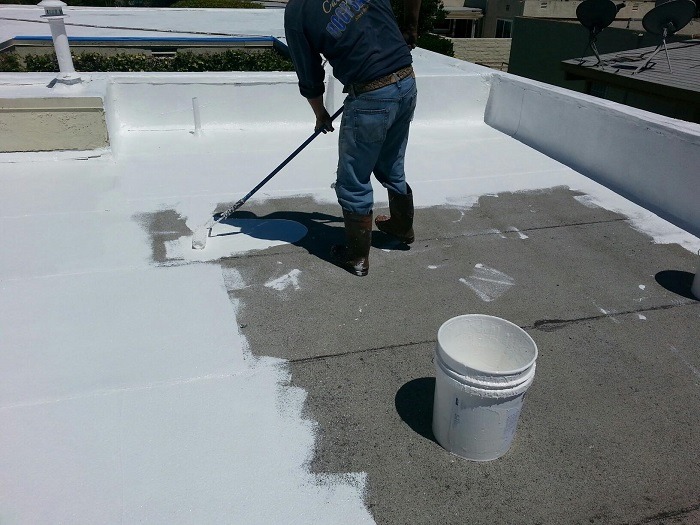Every year, the monsoon arrives with heavy rains and humidity, putting Pakistani buildings to the test. One of the most common, and frustrating, problems homeowners, builders, and facility managers face is water leaking through building joints. Those gaps and cracks around windows, doors, terraces, and expansion joints can quickly become pathways for moisture, leading to damp walls, peeling paint, mold growth, and even structural damage.
So, how do you stop the rain from sneaking in? The answer lies in choosing the right joint sealants designed to keep water out, even in the harshest monsoon conditions.
Let’s cut through the confusion and find out which sealants perform best in Pakistani climates and how to apply them effectively.
Why Are Joints the Weakest Link During Monsoons?
Buildings are not static; they expand and contract with temperature changes, settle over time, and vibrate with wind or traffic. All this movement puts stress on joints, causing cracks or separation. Add relentless monsoon rain and high humidity, and you’ve got the perfect storm for water ingress.
Ignoring joint sealing is like leaving the front door wide open to the rain. No matter how waterproof your walls or roof are, water will find its way in through those tiny, unsealed joints.
What Makes a Joint Sealant “Monsoon-Proof”?
Not all sealants are created equal. To survive Pakistan’s monsoon, sealants must:
- Stay flexible: They need to stretch and compress as the building moves without cracking or losing adhesion.
- Be waterproof: Of course, they must form a solid barrier against water penetration.
- Resist mold and mildew: High humidity means biological growth can degrade inferior sealants.
- Withstand UV rays: Even monsoon rains come with plenty of sun before and after. UV resistance prevents sealant breakdown.
- Stick well to different surfaces: Concrete, metal, wood, glass, all these need strong bonding without primers if possible.
The Top Sealant Choices for Pakistani Buildings
Silicone Sealant: The Flexible All-Rounder
Silicone sealants are favorites for monsoon sealing because they stay elastic across wide temperature ranges and resist UV rays, mold, and moisture.
Where to use: Window and door frames, bathroom joints, glass facades, and metal roofing.
Why it works: Silicone keeps its grip and flexibility even when humidity spikes and temperatures swing, making it perfect for exterior sealing where movement and weather extremes meet.
Polyurethane Sealant: Heavy-Duty Protection
If you need something tougher, especially on concrete or brick joints, polyurethane sealants offer excellent adhesion and abrasion resistance. They’re paintable, which helps maintain aesthetics on visible joints.
Where to use: Expansion joints, balconies, terraces, and industrial facades.
Why it works: Polyurethane seals handle mechanical stress and water exposure without cracking or shrinking, critical for larger or more active joints.
Hybrid Sealants: Best of Both Worlds
Emerging on the market, hybrid sealants combine the flexibility of silicone with the strength of polyurethane. For Pakistani builders, this means one product can do it all: strong adhesion, elasticity, waterproofing, and paintability.
Applying Joint Sealants Right Before the Monsoon
Even the best sealants fail without proper application. Here’s how to get it right:
- Clean the joint thoroughly: Remove dirt, dust, grease, and loose material. A dirty joint kills adhesion.
- Dry the surface: Sealants won’t stick to wet joints, time your application during dry spells if possible.
- Use backing rods: For deep joints, a foam backing rod controls sealant depth and ensures flexibility.
- Apply sealant evenly: Use a caulking gun for a continuous bead, and smooth the surface with a tool or finger dipped in soapy water.
- Allow proper curing: Sealants need time to form a waterproof barrier, avoid rain exposure immediately after application.
Common Mistakes to Avoid
- Skipping surface preparation
- Using the wrong sealant for the joint size or material
- Applying during or just before rain
- Overfilling or underfilling joints
- Ignoring manufacturer’s instructions on curing times
Why Investing in Quality Sealants Pays Off
Cheap, generic sealants might save money upfront but often fail within months, especially under monsoon stress. This leads to repeated repairs, water damage, and even structural issues that cost far more.
Brands like Fospak offer tested joint sealants and fillers designed specifically for Pakistan’s climate and building materials. Their products provide reliable waterproofing, durability, and professional technical support to help you get the job done right the first time.
Keep Your Building Dry This Monsoon
Sealing your building joints is not just maintenance, it’s protection against costly water damage and health hazards from mold. Choosing the right silicone sealant, polyurethane sealant, or hybrid joint sealant, paired with careful application, is your best defense against monsoon rains.
Don’t wait for leaks to appear. Prepare now with quality materials and proper sealing techniques to ensure your building stays safe, dry, and comfortable throughout the rainy season.

